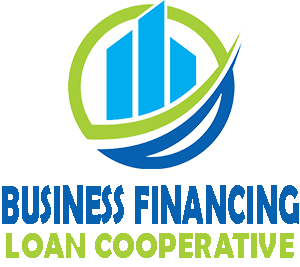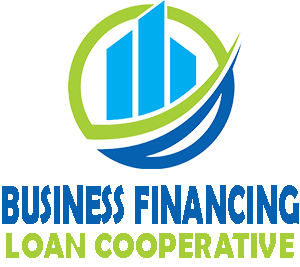Most businesses around the world are small. But cash flow happens to be a universal stumbling block, despite your business size. Did you know that in the U.S., most SMEs only have enough money at the ready to cover less than a month of normal operating costs? Here are some basic cash flow concepts and terms to help you.
Cash flow: This is the amount of money the comes into or out of a company. When you are cash flow positive, you have enough money to meet your current immediate financial obligations. When you are cash flow negative, you have more debt than income and are struggling to meet the most basic of financial responsibilities.
Inflows: This refers to income earned via sales, assets that can be quickly converted into cash and funding.
Outflows: This refers to the cash you are using to pay for expenses and investments.
A cash flow statement takes information from your profit/loss statement and balance sheet and analyzes the flow of cash for daily operations, financing activities, and capital investments. A cash flow statement is unique because it identifies patterns of how and when money comes into or leaves your business. Cash flow management is the process of monitoring cash flow from the creation of a cash flow statement to an analysis of results.
Liquidity is a short-term measure of your ability to pay bills. Many companies find this to be a challenge. Solvency is a longer-term measure of your ability to keep your company operational over a period of time.
If you don’t have enough liquidity to pay your bills, you may need a cash flow loan in order to get you through. Learn more about cash flow loans and how they can help you by giving us a call today.







